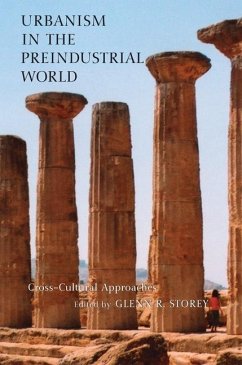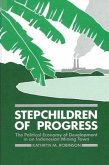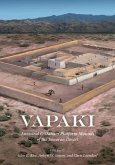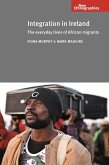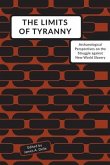A baseline study of the growth of preindustrial cities worldwide. This work employs a subset of preindustrial cities on many continents to answer questions archaeologists grapple with concerning the populating and growth of cities before industrialization. It further explores how scholars differently conceive and execute their research on the population of cities. The subject cities are in Greece, Mesoamerica, the Andes, Italy, Egypt, Africa, United States, Denmark, and China. This broad sample provides a useful framework for answers to such questions as "Why did people agglomerate into cities?" and "What population size and what age of endurance constitute a city?" The study covers more than population magnitude and population makeup, the two major frameworks of urban demography. The contributors combine their archaeological and historical expertise to reveal commonalities, as well as theoretical extrapolations and methodological approaches, at work here and outside the sample. "Urbanism in the Preindustrial World" is a unique study revealing the variety of factors involved in the coalescing and dispersal of populations in preindustrial times. "An excellent collection of complementary perspectives on population and the character of cities in different parts of the world and at different periods. The refreshing aspect of this volume is that the authors represent a wide range of theoretical as well as methodological approaches."--Jonathan Mark Kenoyer, University of Wisconsin-Madison Glenn R. Storey, University of Iowa, is a Roman archaeologist jointly appointed in Classics and Anthropology and specializing in Roman demography, economy, and urbanization. Contributors: Babatunde Agbaje-Williams, Roger S. Bagnall, Deborah E. Blom, Jesper L. Boldsen, Elio Lo Cascio, L. L. Gorenflo, John Wayne Janusek, Laura Lee Junker, Chapurukha Kusimba, Sibel Barut Kusimba, Li Liu, Ian Morris, Sarah M. Nelson, Deborah L. Nichols, Hans Christian Peter

